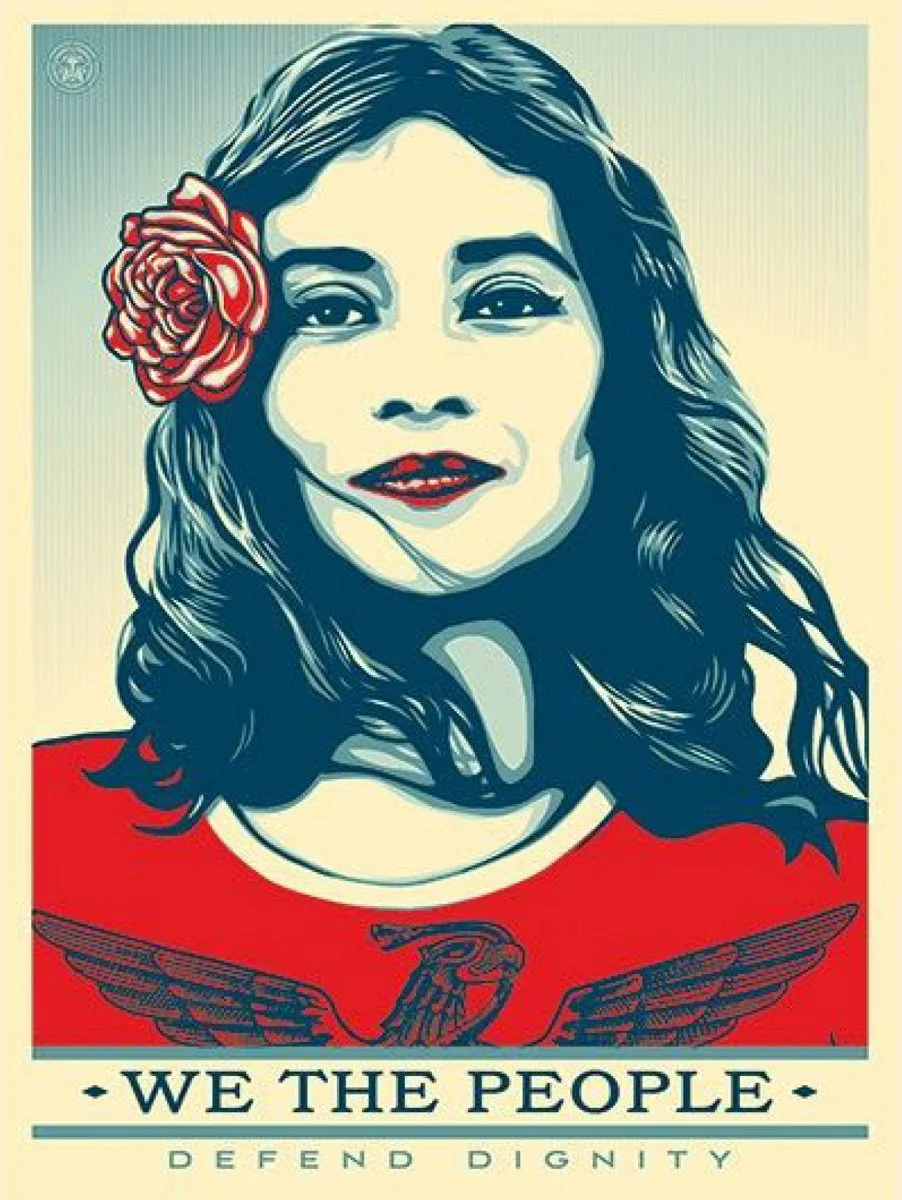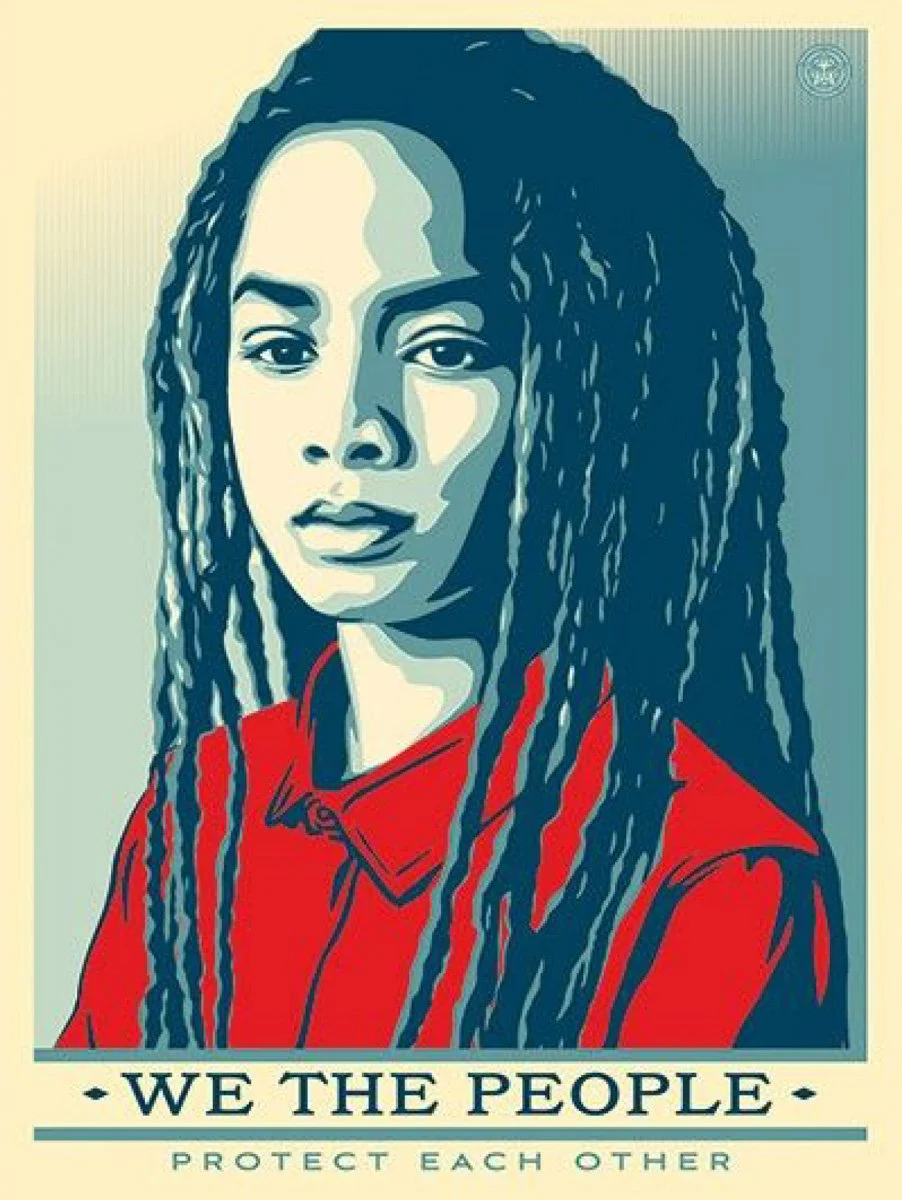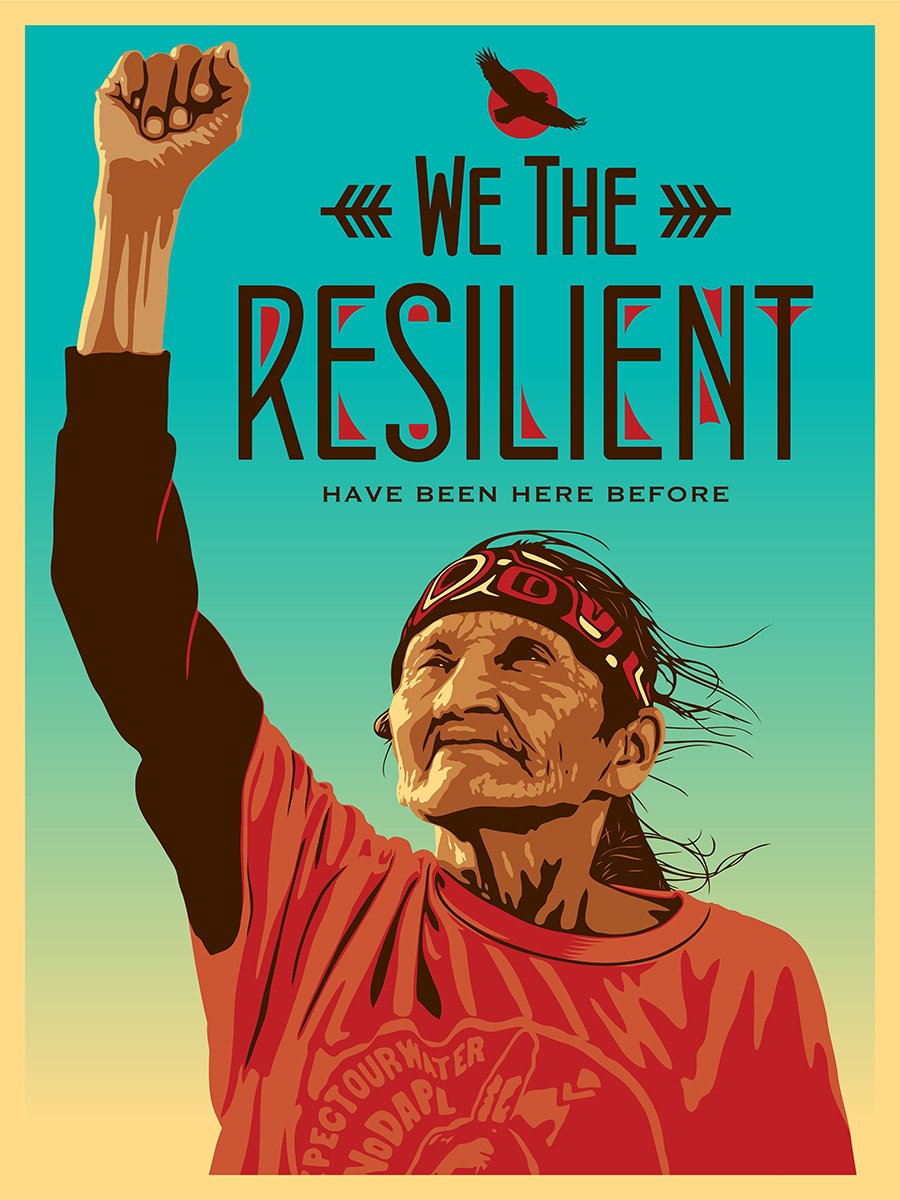Building a compass for a moment of political division
Client: The People (2016-2017)
Role: Principal Architect and Creative Director
Support Team: Clero Barnett, Mark Gonzalez, Alisa Geiser, Isabella Sisneros
In the days after the 2016 Presidential election I reached out to my friend and longtime collaborator Shepard Fairey with an idea: to build a set of unifying symbols to flood the Inauguration (and what would later become the historic Women’s March). People were afraid—of the hate, fear, and open racism that were normalized during the campaign—and even more afraid of how that would manifest in both policy and their daily lives. We needed more than personal symbols in a time like this; we needed to amplify whole communities, and the statement needed to be clear enough to reach the world. We knew that all eyes would be on Washington D.C. for the inauguration of the 45th president and that we could get our messages seen, but we had to decide what to say when the whole world was watching.
I knew that the inaugural route, for the first time in history, would have a severe, or even total, ban on signs and banners, and that much of Washington D.C. would be locked down. We needed a hack to get around these restrictions. It came in the form of newspapers because no one can tell a person that they can’t carry a newspaper. And so the We The People campaign was born.
A few launch statistics:
22,840 backers in a record-breaking Kickstarter
$1,365,105 raised in 7 days
20 million page views on amplifier.org in 7 days
691,000+ unique users
2 million+ downloads of the art in 48 hours
Amplifier.org was in its infancy, with only part-time workers and contractors out of my backyard in Seattle, but we took the entirety of our existing budget and went all in to start building a campaign. We began with what we called “language labs” in Seattle, the Bay Area, and New York, and started gathering friends—teachers, poets, journalists, designers, and leaders of grassroots organizations from across the country—to ask what was worth saying in a moment like this. We also went to photographers from affected communities to gather the images for Shepard to work with. In a sprint of 6 weeks, we created 5 symbols with Shepard, Ernesto Yerena, and Jessica Sabogal, with the goal of taking out full-page ads in the nation’s largest newspapers, to be carried to the inauguration route to make it known that We The People were “Greater Than Fear,” that we “Defend Dignity,” and “Protect Each Other,” that we are “Resilient,” and “Indivisible.”
The campaign worked. We raised $1.36 million in a week, breaking Kickstarter’s record for the most backers in an arts campaign. We took out ads in USA Today, The New York Times, and The Washington Post. Marchers carried those ads to the inaugural route and to protests around the world the next day thanks to free downloads on our website. Empowered with these images, people around the world printed their own posters, banners, flags, and clothes with the symbols, projected them on buildings, and even dressed like them while marching in the streets. This campaign circled the world, from Kenya to Brazil, and made appearances on the summit of Everest, as well as on nightly newscasts and talk shows.
In the year after We the People launched, we built toolkits for teachers and developed a network of 20,000+ educators who received materials to help them talk about peacebuilding and unity in times of division. Because the work serves as a compass pointing to the kind of world we want to live in—one beyond fear, with dignity, in a world where we protect each other—the campaign carries on still today wherever the imagery is seen.
Building strategy, and what turned out to be the final language, with Mark Gonzalez (fellow language architect) at a session at the School of Visual Arts, New York City, November 2016.








































